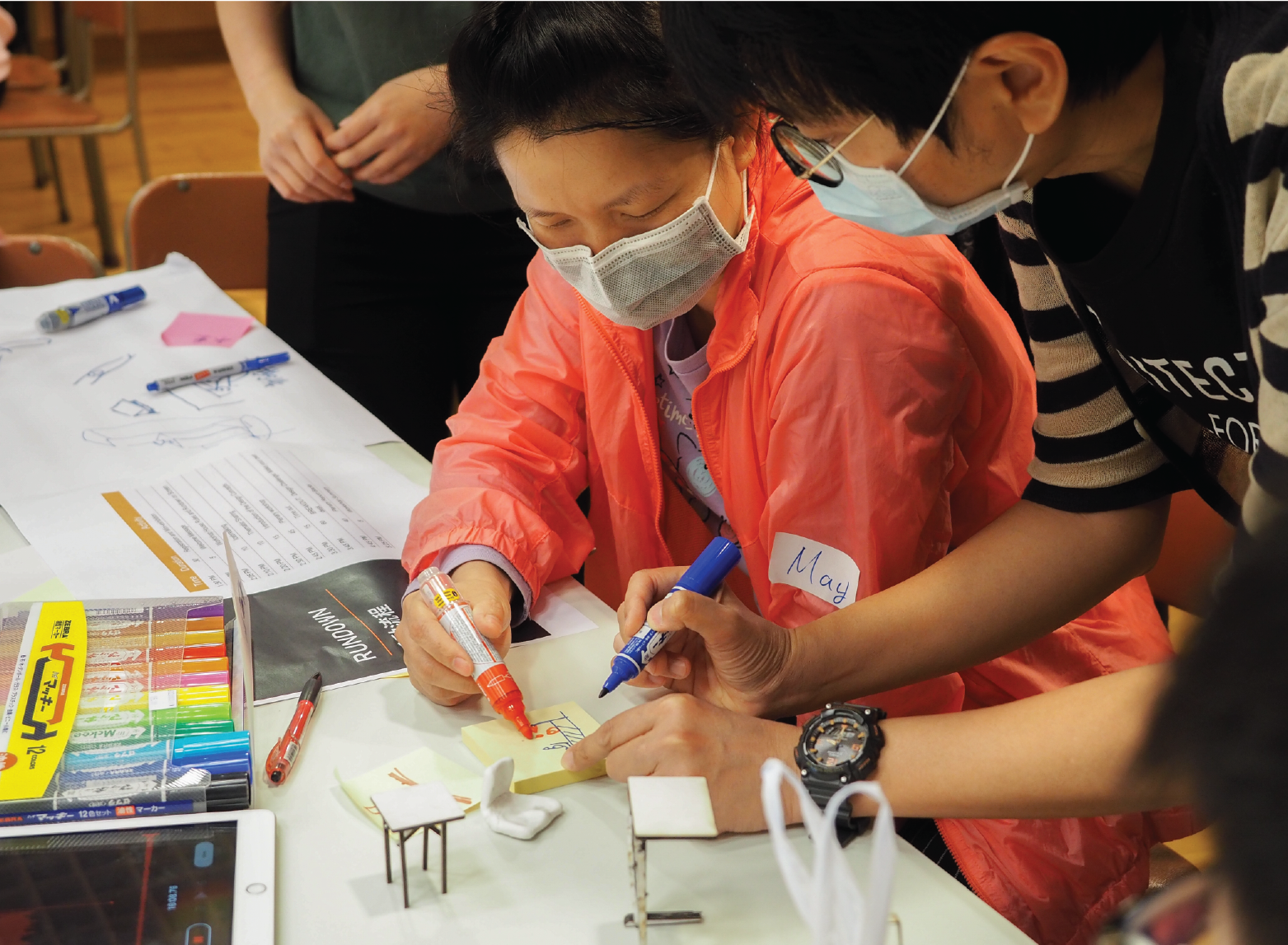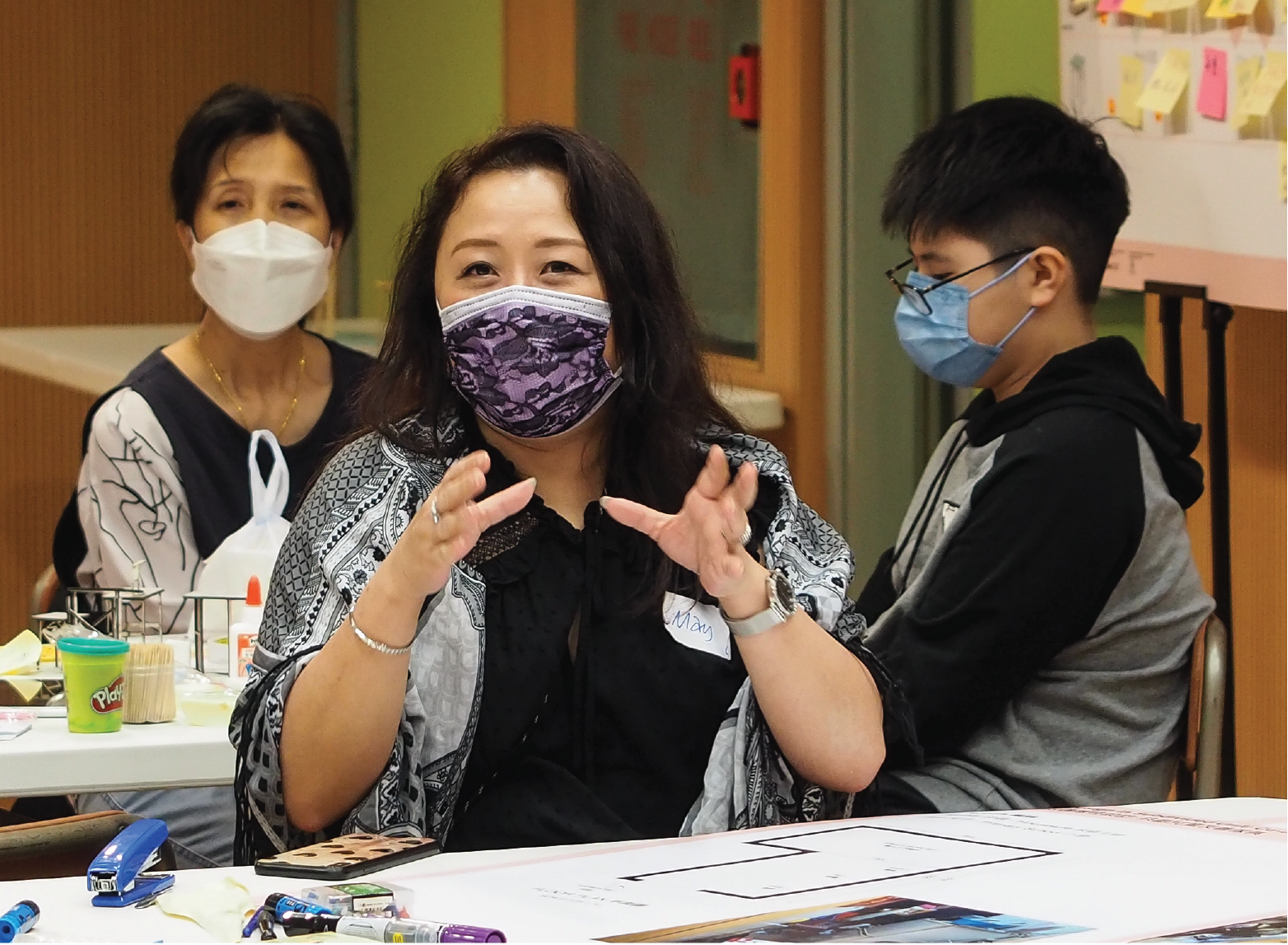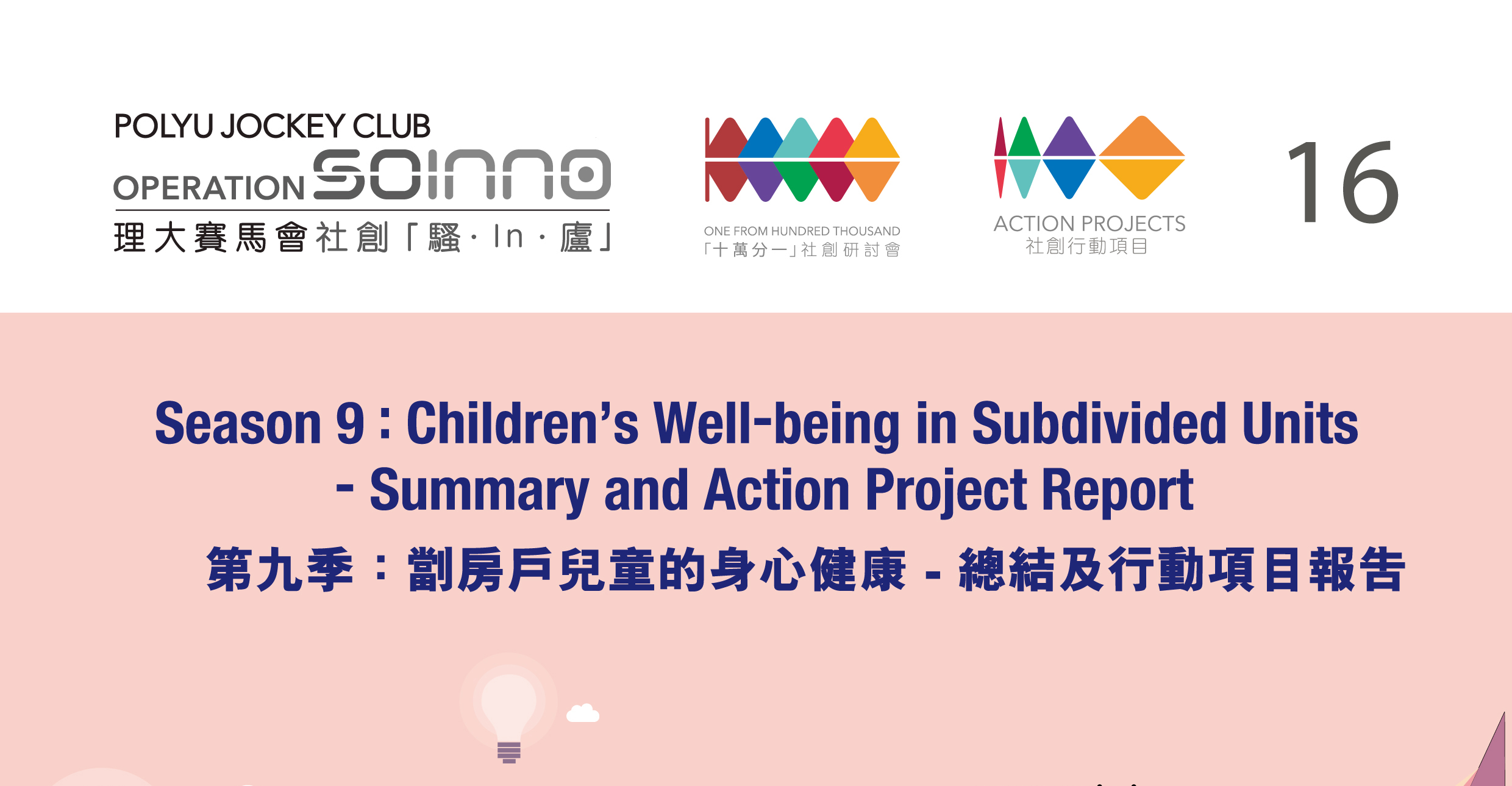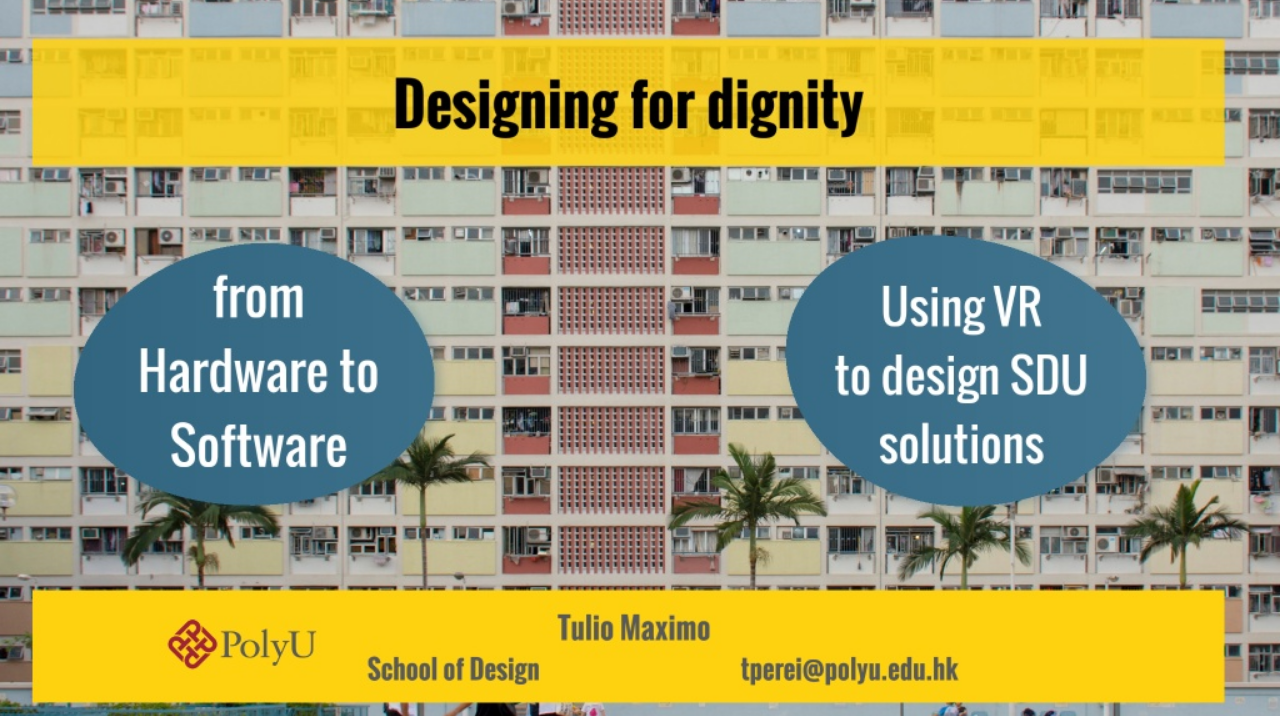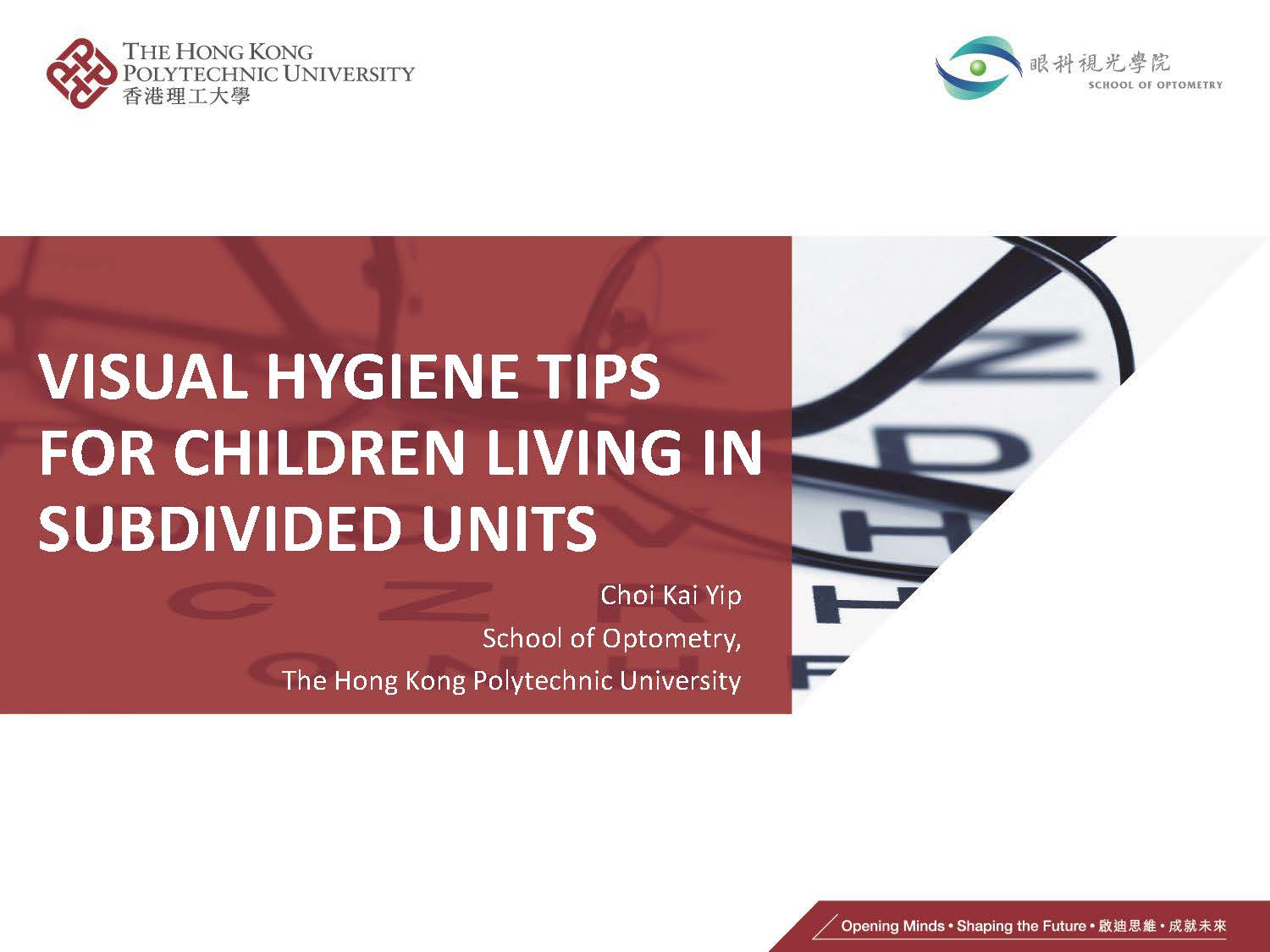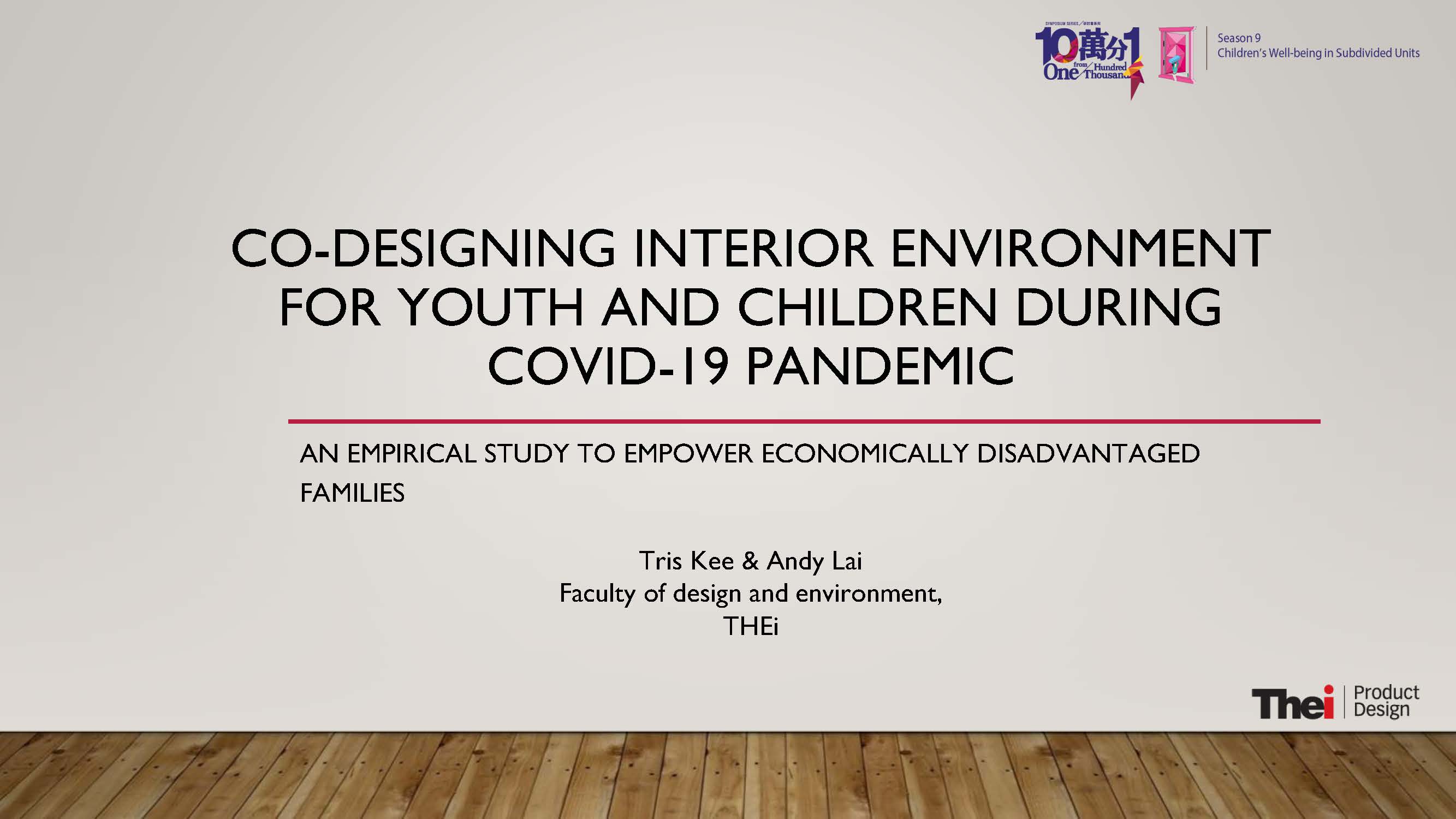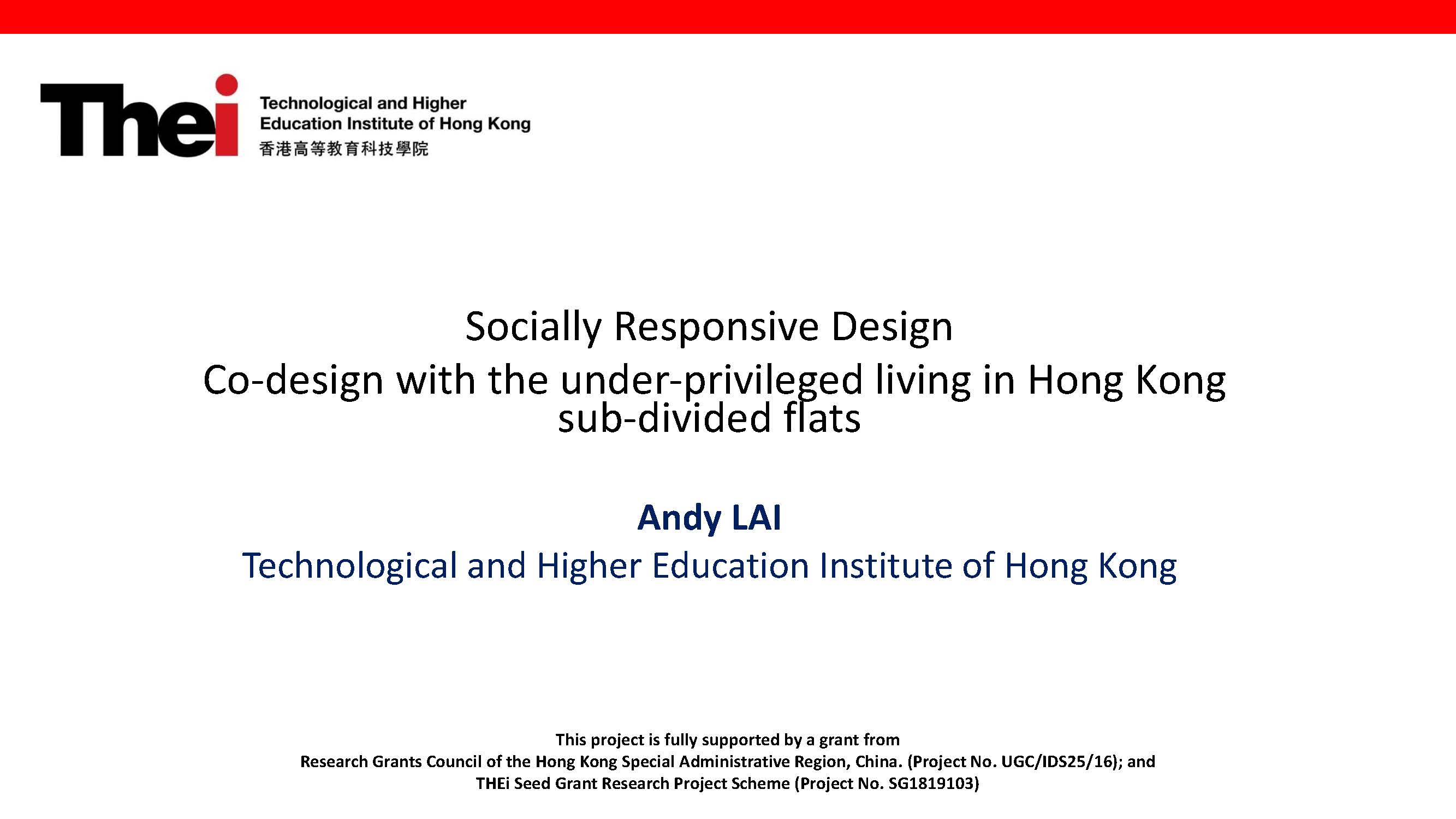Leveraging the ideas generated from the Season 9 Symposium, JCDISI continues the collaboration with its Action Project Partners from PolyU School of Design and the THEi Product Design to explore implementable furniture design that can improve the use of space and study environment of children residing in subdivided units.
Project Objectives:
- Engage potential designers, community organisations and research teams from the Season 9 co-creation workshop to develop furniture prototypes that are lightweight, adjustable, easy to store, functional and contribute to the positive health outcomes
- Facilitate prototyping, pre- and post-intervention study to investigate the proposed interventions’ effectiveness in improving the spatial awareness, studying environment and wellbeing of children residing in SDU
- Connect potential furniture manufacturers and community organisation to try out prototype that are ready for scalable production
Community Engagement Workshop
The workshop brings together 40 participants from different backgrounds, including tenants of subdivided units, social workers, designers, members of the Hong Kong Furniture and Decoration Trade Association (HKF&DA), students and residents of the district. By encouraging and supporting community engagement, the workshop aims to bring the voices of SDUs residents into the decision-making process of furniture design. It also serves as a knowledge exchange platform among the community, designers, and the multidisciplinary professionals.
|
|
|
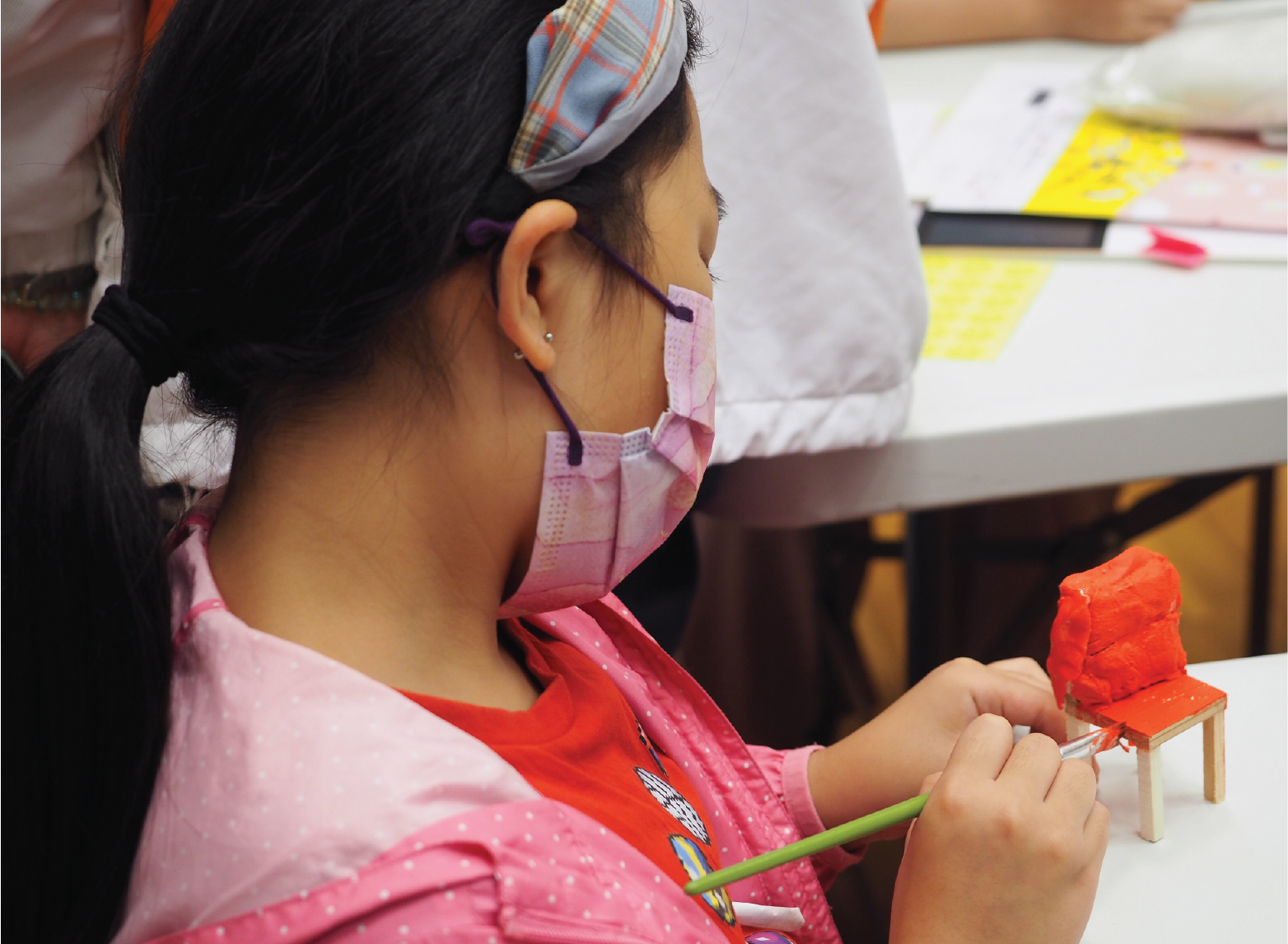 |
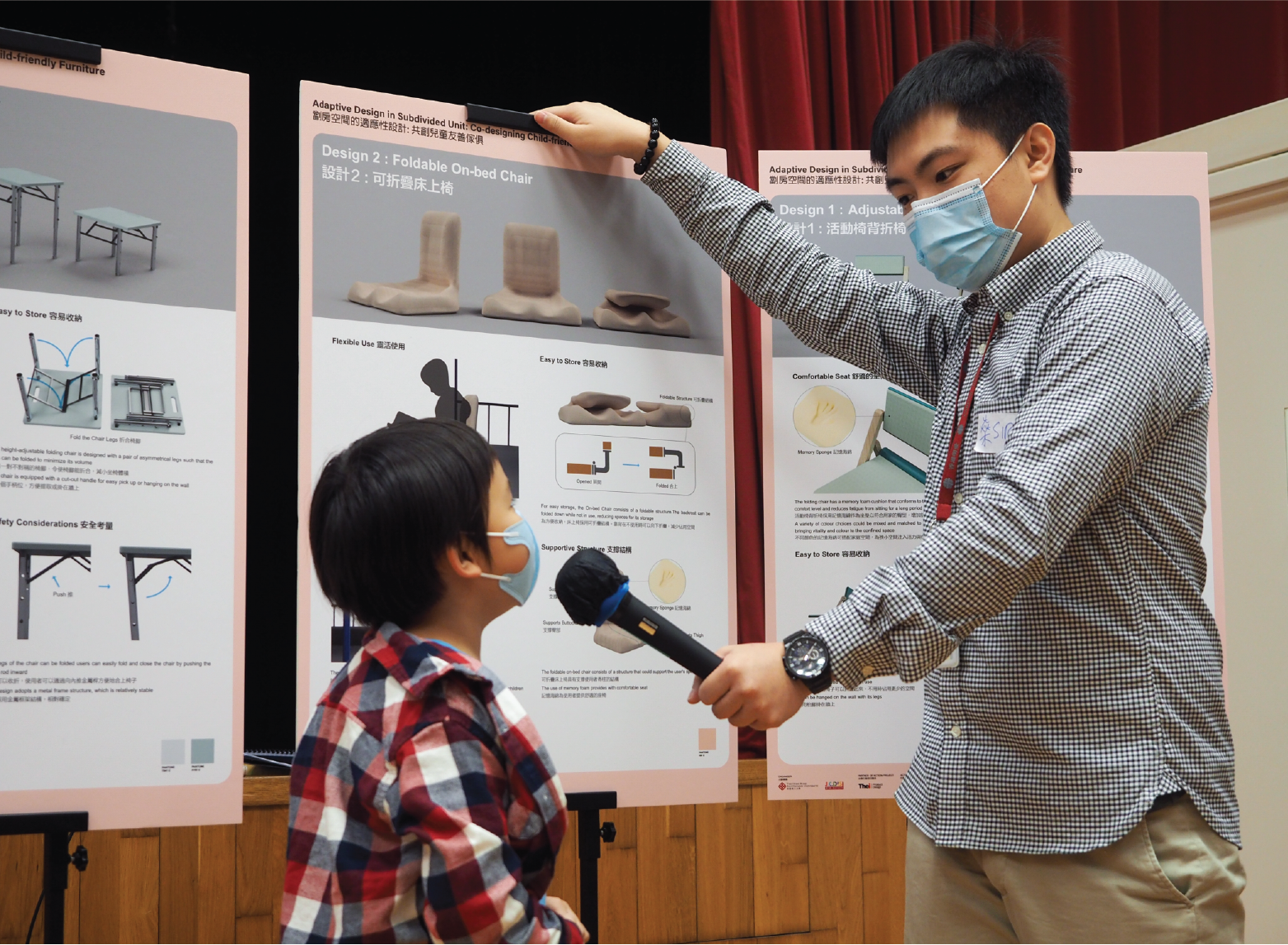 |
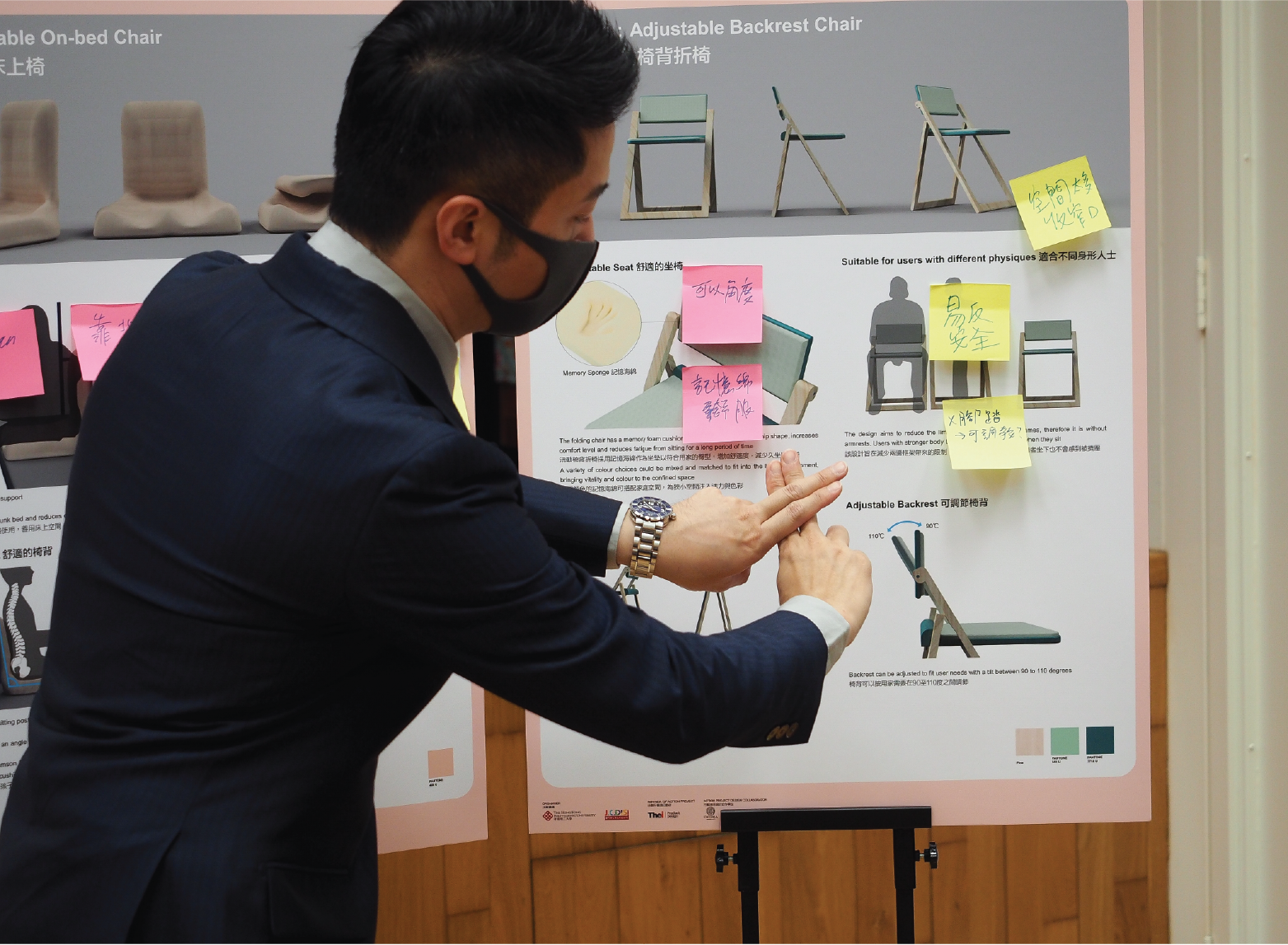 |
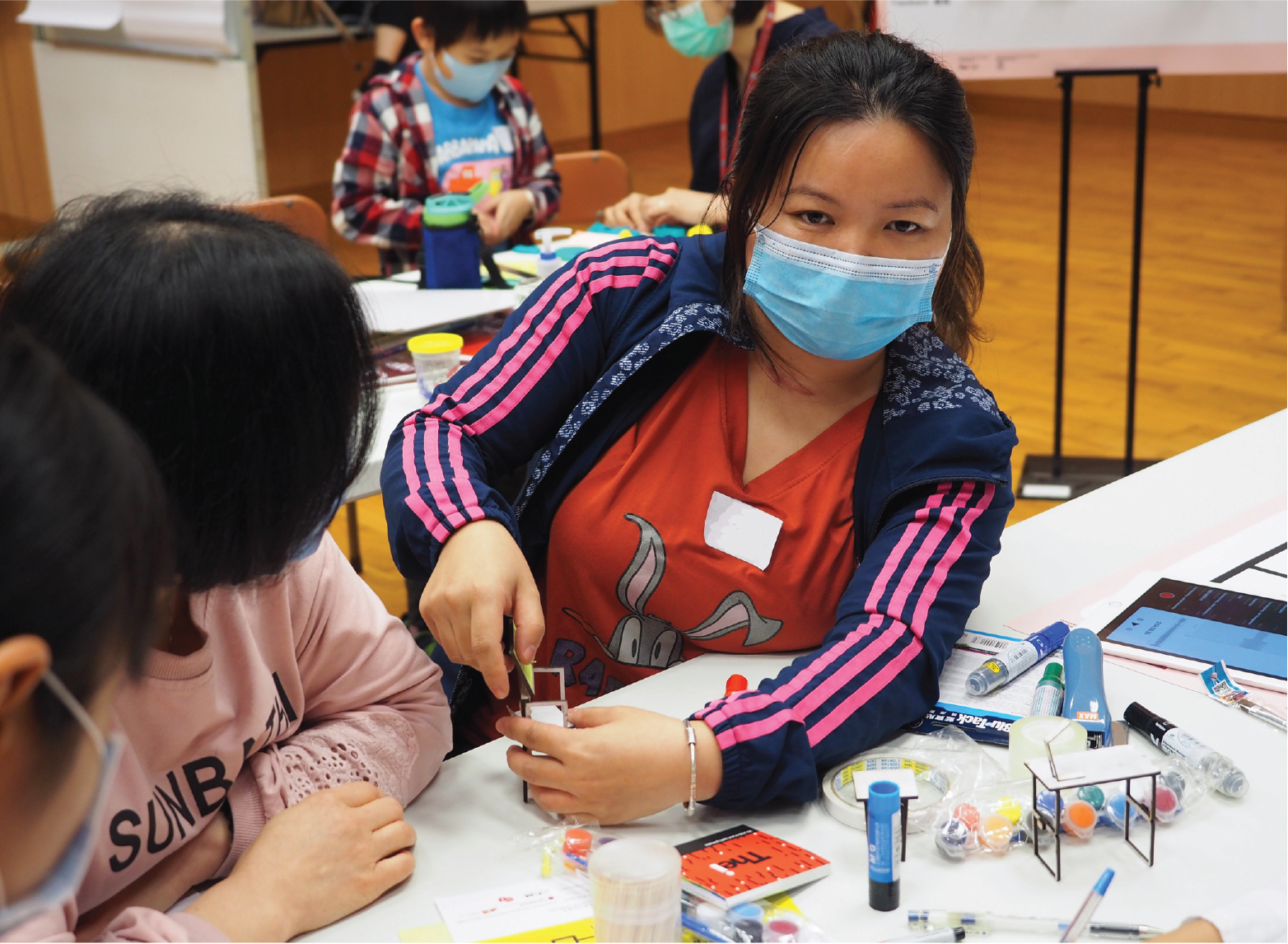 |
Community Engagement under controlled Environment
The purpose of the test is to integrate users’ opinions and to evaluate the usability, comfort and safety of the concept in its early design phases.The test under controlled environment was conducted with three volunteer families living in SDU fand staff members from The Salvation Army providing services to these families.
The families and staff members were first briefed about the project and two design concepts, one emphasizes on flexibility of the furniture, the other on storage function. Families and staff members were interviewed for their opinions, preferences, or suggestions on the concepts. Later, children from the families were invited for prototype testing.
|
|
|
 |
 |
 |
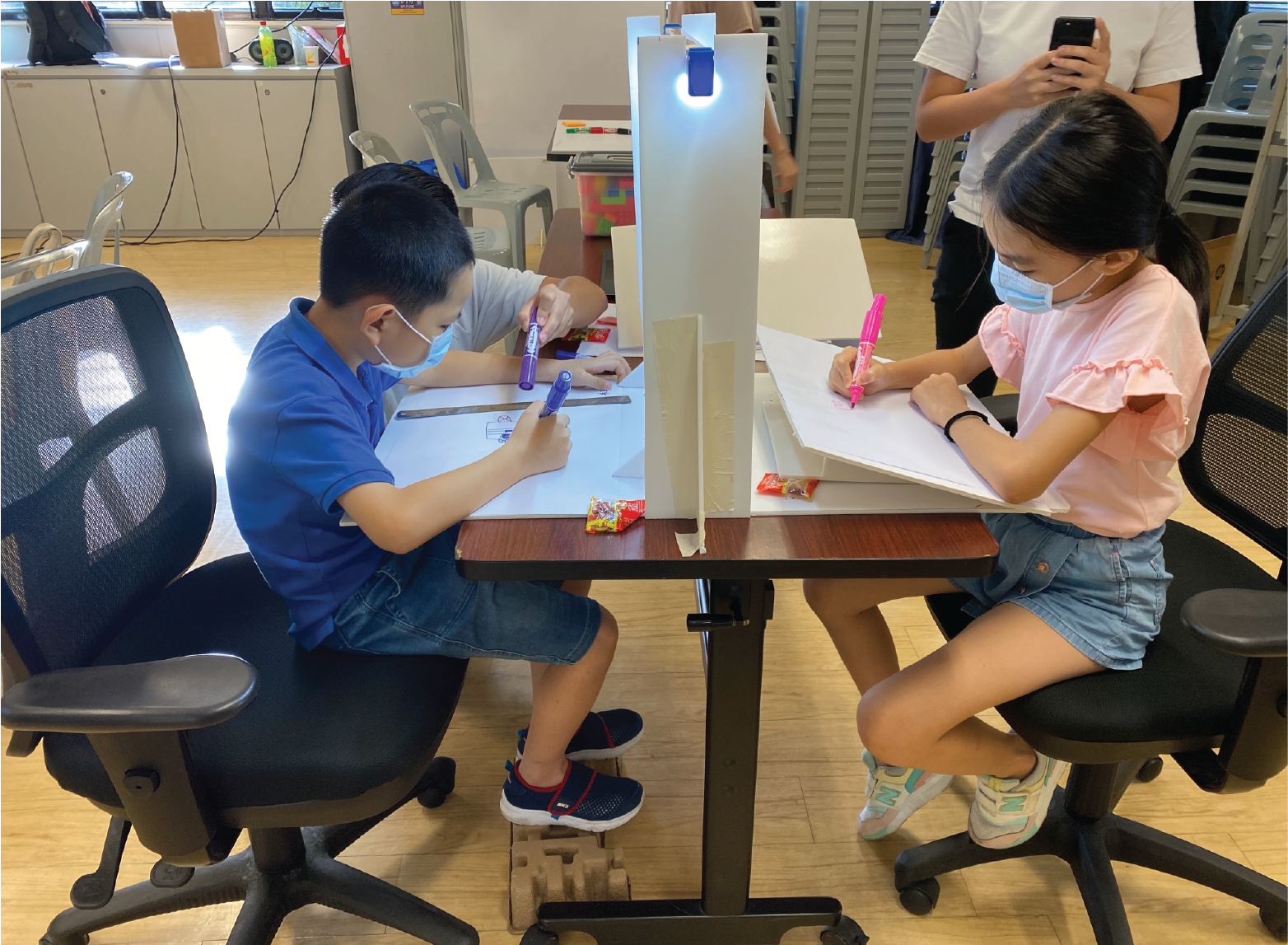 |
